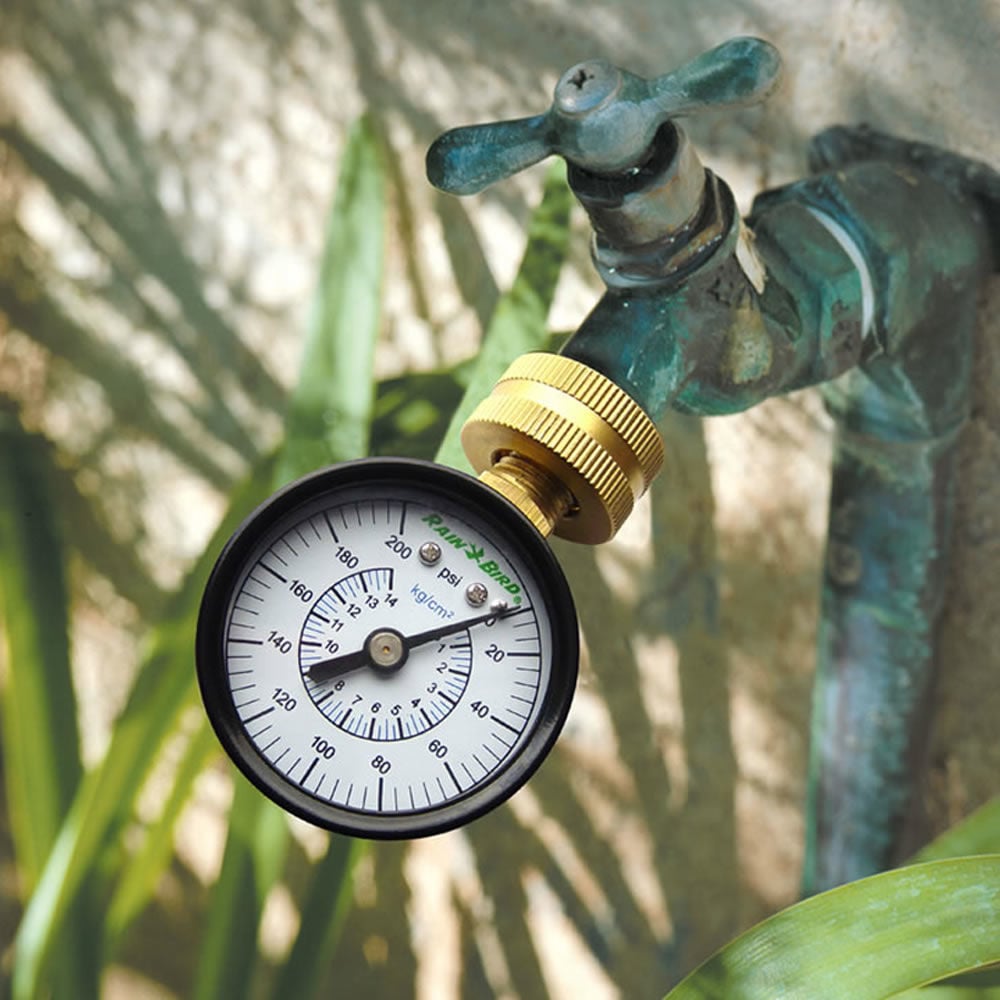Each year, thousands of Arizona residents email or call Rosie Romero’s radio show with questions about everything from preventing fires in their chimneys to getting rid of tree roots invading their sewer system. His goal is to provide answers that suit the specific lifestyle wherever someone lives in Arizona.
Q: I have just moved into a new home, but the water pressure seems really low. I’m wondering if it’s being caused by a leak somewhere in the house. Is there a way to check on this?
A: Maybe you just moved to your new house from an area that had higher pressure and that’s partly why you sense the pressure is low in your new house.
At any rate, stop at a hardware store and pick up a water pressure gauge. Follow directions for screwing it onto the hose bib next to your house.
Then turn off all the water in the house and turn on the hose bib full blast and see what the gauge reads. Forty-five to 60 pounds per square inch is about right. If you are at 35 to 40 pounds, check with your neighbors to see what their water pressure is.
If you all have the same low readings, there’s not much you can do about the issue. You may be living in an area with lower pressure.
If you suspect some kind of hidden leak, you probably should call a plumber.
Q: I have a backyard concrete slab patio that was built in 2010, and now there are several cracks in its surface. Over time, some of them seem to have separated even more to make larger gaps than there were before. Can the cracks be fixed?
A: Concrete will always crack eventually. Probably the easiest fix is to install thin concrete pavers on top of the old surface.
Have a contractor determine that you don’t have structural stress going on under the patio or around your house. Then you can have the pavers laid.
The installers generally glue a line of pavers to the edges of the patio and set the rest of them in sand on top of the concrete.
You can keep the paving going into the yard around the patio, if you wish. Be sure to choose light-colored pavers in order to keep heat building up on the patio.
Q: I have a “fence” of oleanders on one side of my property that has been there for 20 years. Now I want to plant a vegetable garden nearby. So how far away from the oleanders should I plant my garden to avoid problems with the oleanders since they are poisonous?
A: Although all parts of the oleander are poisonous, its toxicity should not affect the soil or other plants around it. But to be on the safe side, you might want to plant your veggies 10 feet away.
If the oleanders are really tall and bushy, you also want to be sure that they will not block the sun from reaching your garden.
Q: I’m redoing the bathroom in the back of my 40-year-old house and want to replace the present toilet with a tankless model. Do I have to increase the water pressure in the house to get it to operate correctly?
A: No, you might actually need less water pressure than you already have.
Generally, these units operate at less than 65 pounds per square inch, a level that is probably the maximum found in most houses.
You can do the pressure test yourself using a pressure gauge from a hardware store. But in making an installation like this, you probably need to have a plumber verify what your pressure is and compare that to the manufacturer’s recommendations.





